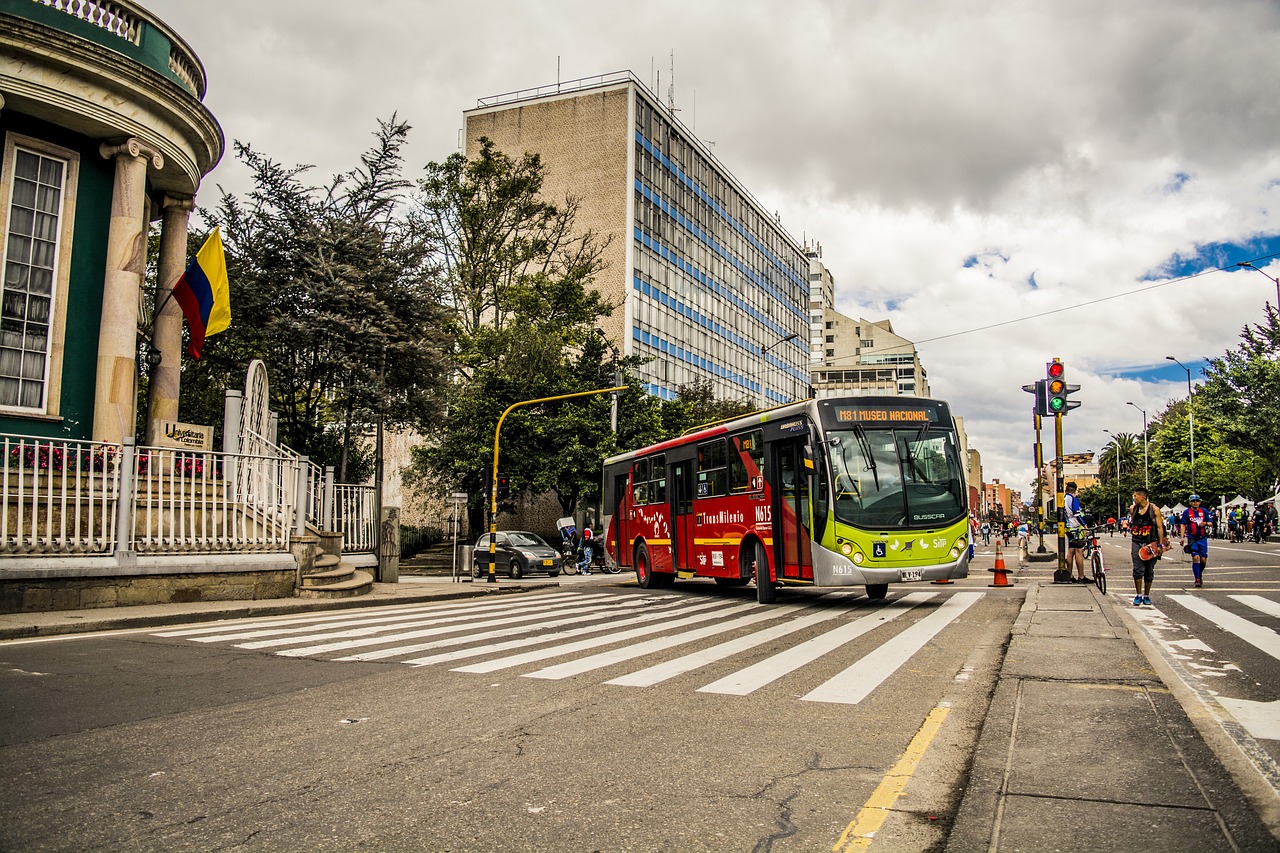Colombia is one of Latin America’s biggest economies, yet traditional e-commerce has struggled to take a hold due to complex logistics challenges such as Colombia’s mountainous geography and lack of integration with international markets. Furthermore, many consumers in Colombia are still wary of online retail platforms and until recently, payments systems did not offer any options for the unbanked.
All that began to change when Rappi entered the market. Founded in 2015 as a grocery delivery service, Rappi has gone on to raise millions of dollars from US investors such as Y Combinator and Andreessen Horowitz for its intuitive app that allows users to order just about anything to their doorstep.
Rappi gained millions of users in Colombia and Mexico, as its founders quickly tackled issues like delivery logistics and offline payment systems that had long stumped e-commerce companies in Latin America. Rappi deliveries offer an immediacy that has helped skeptical consumers place their trust in online commerce. Furthermore, their cash-on-delivery payments system democratized mobile and electronic purchasing in Colombia and Mexico, where credit and debit cards remain relatively rare.
However, while Rappi has become a regional reference point for e-commerce startups looking to operate in Latin America, Colombia’s e-commerce market as a whole still faces challenges.
Beyond the long delivery times and payment issues that plague e-commerce regionally, Colombia’s e-commerce providers are also concerned with the security of online payments. While the level of online fraud is low in Colombia (.45%), international retailers still struggle to operate within Colombian borders, and not just because of Colombia’s mountainous geography. Colombia harbors a negative reputation internationally that has made retailers and payments processors hesitate over concerns of money laundering or other illegal activity, despite data that refute this assumption. PayPal withdrew from Colombia in 2015, and even sites like AliExpress do not yet offer sales in Colombian pesos.
To combat these concerns, the Colombian government has implemented mandatory e-invoicing for all Colombian businesses starting in January 2019. This regulatory measure is meant to aid in tax collection and financial analysis for companies across Latin America’s fourth-largest country.
Colombia’s government is all in on e-commerce; it is the only country in Latin America with a fully-dedicated Ministry of E-Commerce. Furthermore, the Ministry of E-Commerce and the Ministry of Technology have created a non-profit E-Commerce Observatory that monitors and measures the growth of the sector.
From 2015 to 2016, the Colombian e-commerce market exploded, growing by 64% in one year. By 2017, it had slowed down to a more manageable 22%, making up just over 4% of Colombia’s GDP. In 2016, the Colombian government reported the gross revenue of the industry at US$26B, although this figure might be skewed. Colombia is the only country in Latin America to include both tax payments and B2B sales in their industry revenue figures. Visa and Euromonitor reportedly calculated Colombia’s e-commerce revenue at around US$3.1B in 2015.
Still, as Latin America’s fifth largest e-commerce market, Colombia has begun to catch the eye of international retailers. Just this month, eBay partnered with PideloRapido, a delivery service offering US goods to Latin American customers. Most importantly, this service does not require Latin American buyers to have a US billing address or a PayPal account. So far, PideloRapido serves customers in Guatemala, El Salvador, Panama, and Colombia, with plans for further expansion throughout Latin America in 2018.
Argentine giants MercadoLibre and Linio are also well-established in Colombia, though the recent arrival of eBay and AliExpress has upped the competition. In 2017, Colombia gained access to Amazon Web Services, spurring rumors about when Amazon might arrive in Bogotá, although most officials think Amazon’s arrival might be a few years away.
Still, these international sellers all struggle with the same challenge: online payments. 57% of Colombian e-commerce users pay via cash on delivery (COD), the payment system that allowed Rappi to explode in Colombia. Other popular payment methods include PayU and ePayco, local replacements for PayPal that enable seamless online money transfers. As bank access improves across Colombia, customers are increasingly turning toward credit and debit card payments and helping simplify payments for online sellers.
While lack of stable Internet access still prevents many Colombians from shopping online, large local retailers are still hopping on the trend. Colombia’s major grocery store, Exito, and Chilean retail store, Falabella, are among the top companies helping Colombians transition to online shopping.
In turn, homegrown startups are following in these popular e-commerce retailers’ footsteps, helping Colombians access more services through the Internet. For example, SiembraViva is an online produce market assisting rural farmers to get their products into urban supply chains. KiwiCampus is using robots to lower food delivery costs drastically. Viajala is helping customers across Latin America shop for plane tickets. Ropeo is making on-demand fashion available to Colombians. Dozens of other e-commerce startups are targeting the Colombian market as the population becomes increasingly accustomed to buying online.
Much like Chile, Colombia also participates in the regional initiative E-Commerce Day in Bogotá which includes an e-commerce startup competition. This day is a networking opportunity for online companies and a way to keep a pulse on the industry.
Colombia’s e-commerce sector continues to face challenges that are holding it back from its potential. However, as Colombians gain stable access to the Internet and online transactions become more commonplace, Colombia has become a trusted partner for international retail companies. There is massive growth happening in Latin America’s fifth largest e-commerce market, and Colombia’s private and public sectors are well-positioned to seize the opportunity.
